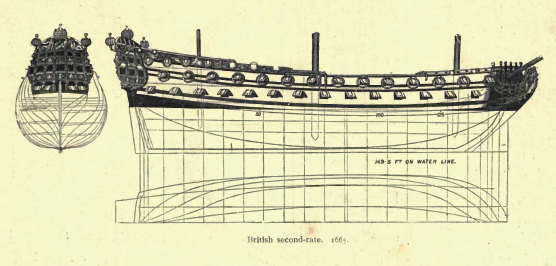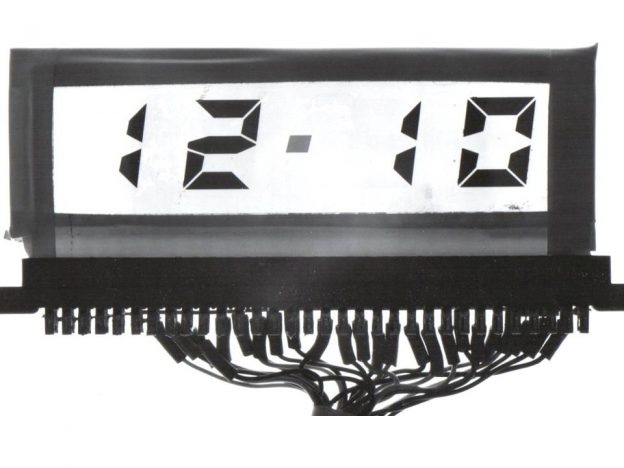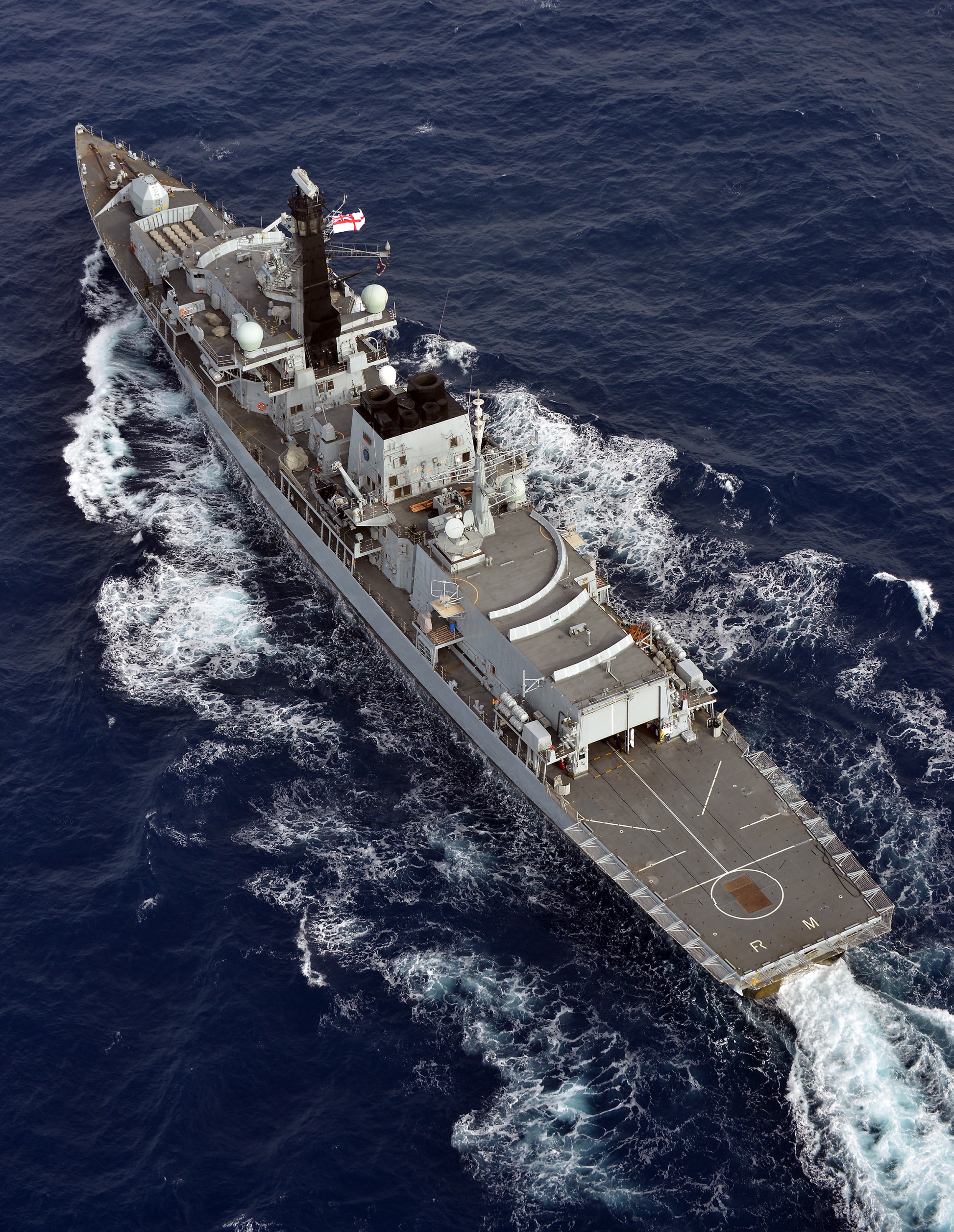|
HMS Duke (1678)
Seven ships and a shore establishment of the Royal Navy have been called HMS ''Duke'': * was a 12-gun ship in service in 1652. * was a 90-gun second rate launched in 1682. She was rebuilt in 1701 and renamed HMS ''Prince George''. She was accidentally burnt in 1758. * HMS ''Duke'' was a 90-gun second rate launched in 1678 as . She sank in 1703 but was raised in 1704 and rebuilt between 1705 and 1710. She was renamed HMS ''Duke'' in 1728 and was broken up in 1733 for rebuilding, being re-launched in 1739 and serving until broken up in 1769. * was an 8-gun fireship purchased in 1739 (not to be confused with the above-mentioned second rate re-launched in the same year) and expended at St Tropez in 1742. * was an 8-gun fireship captured from the French in 1745 and sold in 1748. * was a 10-gun storeship which foundered in 1761 off Pondicherry. * was a 90-gun second rate launched in 1777 and relegated to harbour service in 1799. She was broken up in 1843. * was a training establishment i ... [...More Info...] [...Related Items...] OR: [Wikipedia] [Google] [Baidu] |
Shore Establishment
A stone frigate is a naval establishment on land. "Stone frigate" is an informal term that has its origin in Britain's Royal Navy after its use of Diamond Rock, an island off Martinique, as a 'sloop of war' to harass the French in 1803–04. The Royal Navy was prohibited from ruling over land, so the land was commissioned as a ship. The command of this first stone frigate was given to Commodore Hood's first lieutenant, James Wilkes Maurice, who, with cannon taken off the Commodore's ship, manned it with a crew of 120 until its capture by the French in the Battle of Diamond Rock in 1805. Until the late 19th century, the Royal Navy housed training and other support facilities in hulks—old wooden ships of the line—moored in ports as receiving ships, depot ships, or floating barracks. The Admiralty regarded shore accommodation as expensive and liable to lead to indiscipline. These floating establishments kept their names while the actual vessels housing them changed. For ... [...More Info...] [...Related Items...] OR: [Wikipedia] [Google] [Baidu] |
Royal Navy
The Royal Navy (RN) is the United Kingdom's naval warfare force. Although warships were used by Kingdom of England, English and Kingdom of Scotland, Scottish kings from the early medieval period, the first major maritime engagements were fought in the Hundred Years' War against Kingdom of France, France. The modern Royal Navy traces its origins to the early 16th century; the oldest of the British Armed Forces, UK's armed services, it is consequently known as the Senior Service. From the middle decades of the 17th century, and through the 18th century, the Royal Navy vied with the Dutch Navy and later with the French Navy for maritime supremacy. From the mid 18th century, it was the world's most powerful navy until the World War II, Second World War. The Royal Navy played a key part in establishing and defending the British Empire, and four Imperial fortress colonies and a string of imperial bases and coaling stations secured the Royal Navy's ability to assert naval superiority ... [...More Info...] [...Related Items...] OR: [Wikipedia] [Google] [Baidu] |
Second Rate
In the rating system of the Royal Navy used to categorise sailing warships, a second-rate was a ship of the line which by the start of the 18th century mounted 90 to 98 guns on three gun decks; earlier 17th-century second rates had fewer guns and were originally two-deckers or had only partially armed third gun decks. A "second rate" was the second largest class of warships in a hierarchical system of six "ratings" based on size and firepower. They were essentially smaller and hence cheaper versions of the three-decker first rates. Like the first rates, they fought in the line of battle, but unlike the first rates, which were considered too valuable to risk in distant stations, the second rates often served also in major overseas stations as flagships. They had a reputation for poor handling and slow sailing. They were popular as flagships of admirals commanding the Windward and/or Leeward Islands station, which was usually a Rear-admiral of the red. Rating Typically measu ... [...More Info...] [...Related Items...] OR: [Wikipedia] [Google] [Baidu] |
HMS Vanguard (1678)
HMS ''Vanguard'' was a 90-gun second-rate ship of the line of the Royal Navy, built at Portsmouth Dockyard and launched in 1678. She ran onto Goodwin Sands in 1690, but was fortunate enough to be hauled off by the boatmen of Deal. ''Vanguard'' took part in the Battle of Barfleur as part of Edward Russell's fleet, and then in the following action at La Hougue when French ships were burned in 1692. ''Vanguard'' sank in the Great Storm of 1703, while laid up in ordinary at Chatham Dockyard, but was raised in 1704 for rebuilding.Colledge, Ships of the Royal Navy. She was relaunched from Chatham on 2 August 1710 as a 90-gun second rate built to the 1706 Establishment. In 1739 she was renamed HMS ''Duke'', and rebuilt for a second time at Woolwich as a 90-gun second rate. She was rebuilt according to the 1733 proposals of the 1719 Establishment, and relaunched on 28 April 1739. In 1759, ''Duke'', with a ship's complement of 800 souls under the command of Captain Samuel Graves, ... [...More Info...] [...Related Items...] OR: [Wikipedia] [Google] [Baidu] |
Fireship
A fire ship or fireship, used in the days of wooden rowed or sailing ships, was a ship filled with combustibles, or gunpowder deliberately set on fire and steered (or, when possible, allowed to drift) into an enemy fleet, in order to destroy ships, or to create panic and make the enemy break formation. Ships used as fire ships were either warships whose munitions were fully spent in battle, surplus ones which were old and worn out, or inexpensive purpose-built vessels rigged to be set afire, steered toward targets, and abandoned quickly by the crew. Explosion ships or "hellburners" were a variation on the fire ship, intended to cause damage by blowing up in proximity to enemy ships. Fireships were used to great effect by the outgunned English fleet against the Spanish Armada during the Battle of Gravelines, [...More Info...] [...Related Items...] OR: [Wikipedia] [Google] [Baidu] |
Pondicherry (city)
Pondicherry (), now known as Puducherry ( French: Pondichéry ʊdʊˈtʃɛɹi(listen), on-dicherry, is the capital and the most populous city of the Union Territory of Puducherry in India. The city is in the Puducherry district on the southeast coast of India and is surrounded by Bay of Bengal to the east and the state of Tamil Nadu, with which it shares most of its culture, heritage, and language. History Puducherry, formerly known as Pondicherry, gained its significance as “The French Riviera of the East” after the advent of the French colonialization in India. Puducherry is the Tamil interpretation of “new town” and mainly derived from “Poduke”, the name of the marketplace as the “Port town” for Roman trading in 1st century as mentioned in ‘The Periplus of the Erythraean Sea’. The settlement was once an abode of many learned scholars as evidently versed in the Vedas, hence also known as Vedapuri. The history of Puducherry can broadly be classifie ... [...More Info...] [...Related Items...] OR: [Wikipedia] [Google] [Baidu] |
Malvern, Worcestershire
Malvern is a spa town and civil parish in Worcestershire, England. It lies at the foot of the Malvern Hills, a designated Area of Outstanding Natural Beauty. The centre of Malvern, Great Malvern, is a historic conservation area, which grew dramatically in Victorian times due to the natural mineral water springs in the vicinity, including Malvern Water. At the 2011 census it had a population of 29,626. It includes Great Malvern on the steep eastern flank of the Malvern Hills, as well as the former independent urban district of Malvern Link. Many of the major suburbs and settlements that comprise the town are separated by large tracts of open common land and fields, and together with smaller civil parishes adjoining the town's boundaries and the hills, the built up area is often referred to collectively as The Malverns. Archaeological evidence suggests that Bronze Age people had settled in the area around 1000 BC, although it is not known whether these settlements were perma ... [...More Info...] [...Related Items...] OR: [Wikipedia] [Google] [Baidu] |
Royal Radar Establishment
The Royal Radar Establishment was a research centre in Malvern, Worcestershire in the United Kingdom. It was formed in 1953 as the Radar Research Establishment by the merger of the Air Ministry's Telecommunications Research Establishment (TRE) and the British Army's Radar Research and Development Establishment (RRDE). It was given its new name after a visit by Queen Elizabeth II in 1957. Both names were abbreviated to RRE. In 1976 the Signals Research and Development Establishment (SRDE), involved in communications research, joined the RRE to form the Royal Signals and Radar Establishment (RSRE). The two groups had been closely associated since before the opening of World War II, when the predecessor to RRDE was formed as a small group within the Air Ministry's research centre in Bawdsey Manor in Suffolk. Forced to leave Bawdsey due to its exposed location on the east coast of England, both groups moved several times before finally settling in separate locations in Malvern ... [...More Info...] [...Related Items...] OR: [Wikipedia] [Google] [Baidu] |
Type 23 Frigate
The Type 23 frigate or Duke class is a class of frigates built for the United Kingdom's Royal Navy. The ships are named after British Dukes, thus leading to the class being commonly known as the Duke class. The first Type 23, , was commissioned in 1989, and the sixteenth, was commissioned in June 2002. They form the core of the Royal Navy's destroyer and frigate fleet and serve alongside the Type 45 destroyers. They were designed for anti-submarine warfare, but have been used for a range of uses. Twelve Type 23 frigates remain in service with the Royal Navy, with three vessels having been sold to the Chilean Navy, and one being retired in 2021. The Royal Navy's Type 23 frigates will be replaced by the Type 26 Global Combat Ship and the Type 31 frigate. it is anticipated that HMS ''St Albans'' will be the last to retire from the Royal Navy, in 2035. Development When first conceived in the late 1970s, the Type 23 was intended to be a light anti-submarine frigate with a tow ... [...More Info...] [...Related Items...] OR: [Wikipedia] [Google] [Baidu] |





